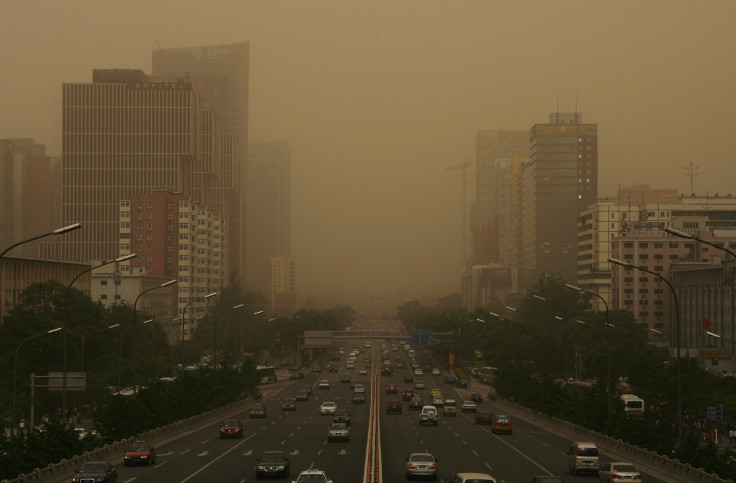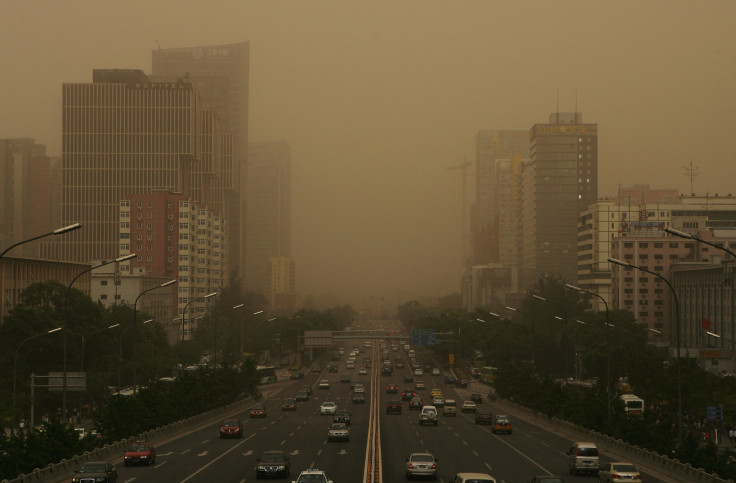China Air Pollution: With Heavy Smog In Beijing, Officials Vow To 'Make Skies Blue Again'

Amid growing unrest over the state of China’s air quality, officials pledged Sunday to do something about the nation’s smoggy skies. Chinese Premier Li Keqiang promised the nation would double down on its efforts to fix the pollution problem during the annual National People’s Congress.
“We will make our skies blue again,” Li said.
People across China have become increasingly vocal about the country’s pollution with numerous protests breaking out in cities like Beijing. In an effort to quell fears and make the nation healthier and more environmentally friendly, the government planned to upgrade its many coal power plants to release fewer emissions and use less energy.
China also aimed to integrate its renewable resources more efficiently into the energy grid and take old, emission producing vehicles off the road, Li said.

Congested regions in China are regularly engulfed in smog, hindering daily activities and causing severe health problems in its residents. The country issued its first ever national red alert for severe smog in January, when, on the first day of the year, pollution in Beijing reached levels 24 times higher than recommended by the World Health Organization.
Pollution in the country is estimated to kill 1.6 million people each year, according to a study released by research group Berkeley Earth in 2015. In September 2016, the World Health Organization ranked China first in its list of places with the deadliest concentrations of pollution.
The country has, however, increased efforts to mitigate the effects of climate change by reducing its carbon emissions in recent years. Figures released by the government earlier in February and analyzed by Greenpeace showed that carbon emissions fell in China in 2016 for the third year in a row while solar energy production doubled. China installed 34 gigawatts of solar energy in 2016, one and a half times the amount the United States has installed throughout its history, making it the current worldwide leader in solar capacity.
China pledged to peak its carbon emissions by 2030 in accordance with the Paris Agreement, signed in 2016. If the country continues its current trend, however, it will meet its goals years earlier.
© Copyright IBTimes 2024. All rights reserved.





















